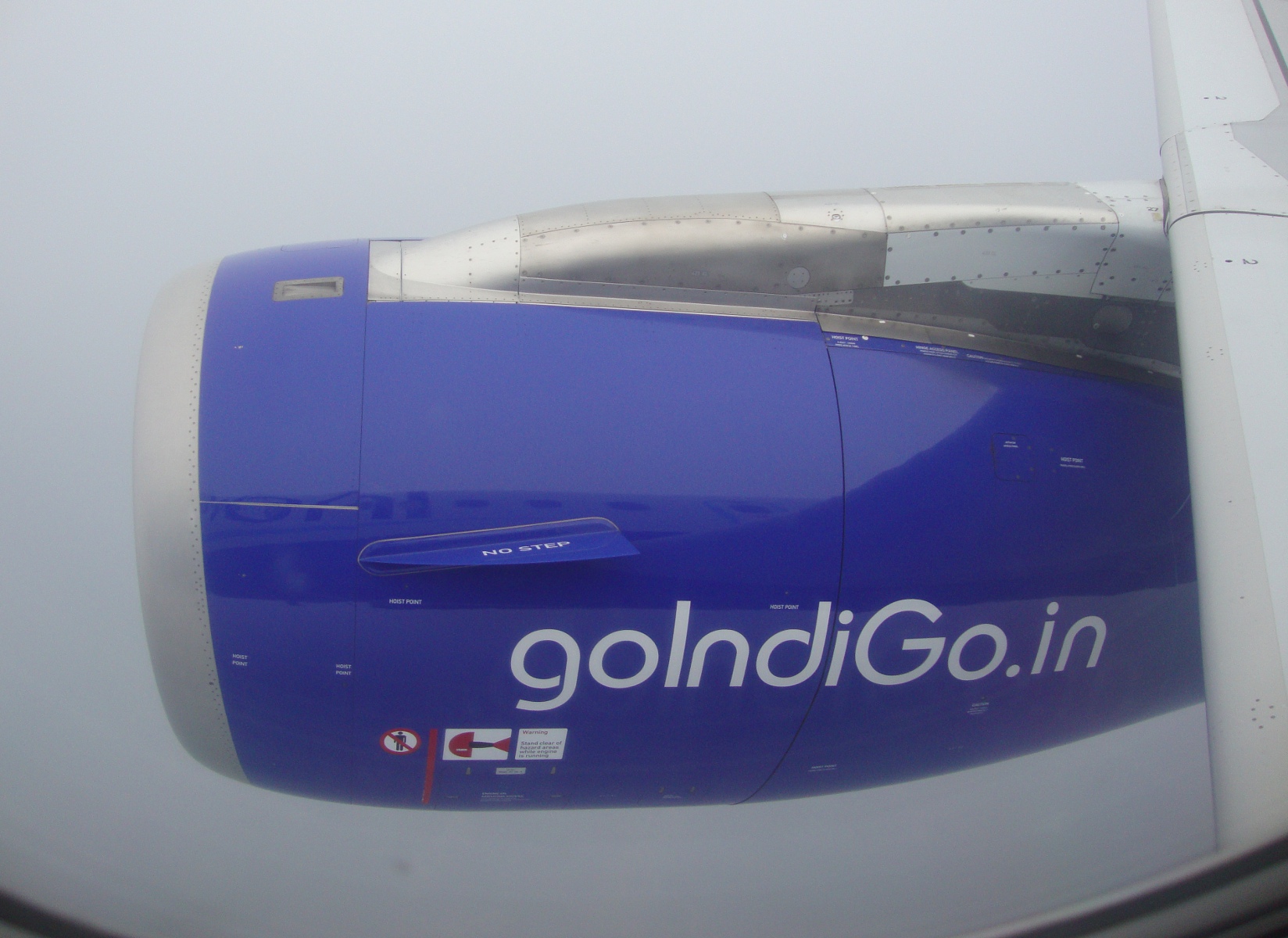Air travel is an up-and-coming transportation sector in twenty-first century India. Although the majority of the Indian population has never flown on a plane before (trains and buses are still the movers of the masses), the growth of airlines has provided greatly expanded options for the Indian jet-set. In recent years, legacy carriers such as Indian Airlines have faced competition from newer companies such as Jet Airways and SpiceJet. The most successful of the new carriers is IndiGo, a Gurgaon-based regional airline with connections to twenty-eight Indian cities and five international destinations. Last year, IndiGo became the largest airline in India by market share, only six years after starting operations.1
I first got to fly on IndiGo last summer, when I took its daily flight from Jaipur to Guwahati and back (with a stopover in Kolkata). On the flight, my attention was inevitably drawn toward the flight attendants, who were all pretty young women wearing fashionable uniforms. And it’s wasn’t a fluke that they were all attractive. The in-flight magazine carried a full-page recruiting ad with some very specific requirements. “We are looking for bright, ambitious young girls to join our award-winning cabin crew,” the ad copy began. Requirements included:
- Age: 18-27 years
- Minimum height: 155 cm, “with weight in proportion to height”
- “Well-groomed with a clear complexion”
Applicants were requested to send their resumes, along with full-length and passport photos (mugshots) to crew@indigo.in.2
Wow, this is remarkable, I thought. I’ve traveled back in time, and it’s the 1970s again.
It was in the 1970s in the United States that female flight attendants were the most blatantly exploited for their femininity and sex appeal. Although airline polices had long set requirements for age, weight, and marital status (no married women need apply), several factors in the 1970s—including increased industry competition, loosening sexual attitudes, and general bad taste—led to super-sexy flight attendant uniforms and shockingly explicit airline advertisements. This was especially the case with second-tier airlines that were competing with established carriers. The most infamous airline ad from the period, issued by National Airlines, featured a pretty young flight attendant, with the caption: “Hi, I’m Cheryl – Fly Me.”3
I should add that it was the 1970s that also saw a backlash against objectification by the flight attendants themselves. They ultimately succeeded in their demands that airlines drop discriminatory hiring practices, phase out the revealing uniforms, and stop using the term “stewardess” in favor of the gender-neutral “flight attendant.”4
Meanwhile, in India in 2012, I soon realized that the present wasn’t as similar to the American 1970s as I had thought. IndiGo was not hiring women only for their femininity; the airline was also hiring them for their skills. I realized this when my plane stopped over in Kolkata on the return trip to Jaipur. As the plane was sitting on the tarmac, the cockpit crew swapped out. One of the new pilots was a woman.
- “IndiGo dethrones Jet Airways as India’s No. 1 airline,” Hindustan Times, August 17, 2012, http://www.hindustantimes.com/News-Feed/SectorsAviation/IndiGo-dethrones-Jet-Airways-as-India-s-No-1-airline/Article1-915217.aspx. [↩]
- IndiGo has a somewhat different recruiting ad on its website here. [↩]
- Kathleen M. Barry, Femininity in Flight: A History of Flight Attendants (Durham, NC: Duke University Press, 2007), 176-84, 189-90. [↩]
- Ibid., 8. [↩]


